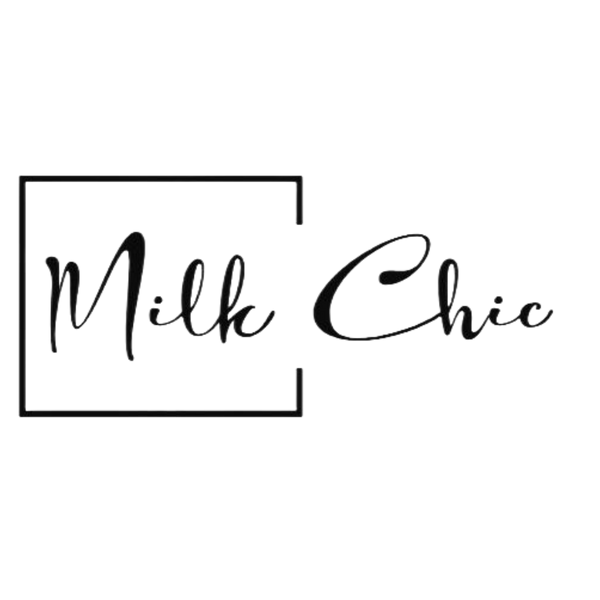
Power of Subtle Strength: The Psychology of Quiet Fashion
يشارك
In a world obsessed with noise, trends, and endless novelty, “quiet fashion” has emerged not as a rebellion but as a return. A return to clarity, self-awareness, and the kind of confidence that whispers instead of screams.
This is the psychology of subtle strength,where structure calms the mind, simplicity grounds identity, and timeless design becomes a language of inner power.
1. The Science Behind Structure
Psychologists call it “enclothed cognition” the idea that what we wear influences how we think, feel, and behave.Structured clothing a well-cut blazer, tailored trousers, a shirt with clean lines works the same way.It signals order and composure, not just to others but to our own nervous system.The human brain reads structure as stability. When your outfit mirrors that clarity, your posture, tone, and decisions subtly align with it.
That’s why women often report feeling “collected” in simple, structured silhouettes.
They’re not dressing to impress,they’re dressing to inhabit a mental state: focused, calm, self-led.
2. Quiet Fashion, Loud Confidence
In psychological terms, this aligns with self-congruence: the harmony between how we appear and who we are.When what you wear reflects your true rhythm, you feel at ease in your own skin.You move with natural grace because your clothing doesn’t compete with your identity it supports it.
The quiet strength of minimalist fashion lies in control.It’s not about denying beauty it’s about directing it.Choosing restraint in an overstimulated world is not passive it’s active clarity.It says, “I know what matters. I don’t need excess to express it.”
That’s the paradox of subtle strength: it’s invisible but unmistakable.
3. Power Tailoring for Real Life
Power dressing has evolved.
No longer the sharp-shouldered suits of the 1980s, it now blends discipline with ease.
The modern woman’s uniform of strength might be a fluid blazer, a soft shirt tucked into wide-leg trousers, or a sleeveless jumpsuit that moves with her day.
This new tailoring is about structure without stiffness,silhouettes that hold space but still breathe.The psychology behind it is simple: when clothes fit both your body and your rhythm, they reinforce agency without anxiety.
Think of the clean vertical line of a straight trouser it grounds your presence.
A neutral-toned blazer frames your silhouette like parentheses, giving shape without confinement.Every edge becomes an affirmation: “I am composed. I am intentional.”
4. Minimalism as Emotional Discipline
Minimal fashion is not about owning less,it’s about feeling more from less.
It’s emotional discipline disguised as aesthetic taste.
Psychologically, people drawn to minimal design tend to exhibit high self-monitoring
an awareness of how their external choices affect their internal states.
Neutral tones calm sensory overload. Repeated silhouettes simplify cognitive effort.
It’s why dressing in a coherent palette feels mentally lighter; it reduces decision fatigue.
5. The Aesthetic of Soft Authority
Tailoring with fluidity linen blazers, silk shirts, wide sleeves that move with the wind conveys confidence without aggression.These garments invite rather than impose.
They remind us that authority isn’t volume; it’s gravity.
This “soft authority” fashion mirrors what psychologists call secure confidence
a sense of self that doesn’t need validation through visibility.
When your outfit is simple but intentional, people don’t just see what you wear
they sense the ease with which you inhabit it.
6. Color as Calm Energy
Even color participates in this psychology of subtlety.
Tones like oat, bone, smoke, sage, and stone all share a quality of stability.
They ground emotions rather than inflame them.
Color theory suggests that muted hues reduce physiological arousal, lowering stress and heart rate.That’s why neutral wardrobes often feel restorative rather than dull.
They create a visual silence that lets your personality speak more clearly.
7. The Ritual of Dressing with Awareness
To dress consciously is to check in with yourself. Fashion, at its best, becomes a morning meditation,What energy do I need today?
What shape, texture, or color supports that state of mind?
This isn’t vanity it’s embodied awareness.
Each garment becomes a tool for emotional alignment.
A structured shirt for focus. A soft dress for surrender.
Over time, your wardrobe transforms from storage to sanctuary.
Psychologically, this habit fosters self-regulation,the ability to adjust your inner state through outer rituals.And when your wardrobe is curated with calm intelligence,
it becomes less a collection of things and more a reflection of your wholeness.
8. The Future of Quiet Power
As fashion trends for 2026 tilt toward menswear-inspired tailoring, timeless prints, and sustainable intelligence, the world is rediscovering restraint as luxury.
Quiet fashion or “sustainable chic”is no longer niche it’s inevitable.
Because in a hyperstimulated society, minimalism isn’t aesthetic minimalism it’s psychological survival.
When you wear something structured yet soft, neutral yet expressive,
you’re embodying the new feminine archetype: calm, assured, emotionally fluent.
9. Subtle Strength as Self-Respect
True confidence isn’t about proving power; it’s about preserving peace.
To choose simplicity is to practice self-respect to curate what enters your life,
your home, your closet, and your mind.
Quiet fashion invites us to pause before we purchase,to ask: Does this piece support who I’m becoming?If yes, it deserves a place in your rotation.If not, let it pass gently, without guilt.Because every garment you choose is not just fabric on skin. It’s a conversation between your body and your values.
10. Final Reflection: Strength in Stillness
Fashion has always been a mirror reflecting culture, identity, and emotion.
But in 2026, that mirror is turning inward.The new luxury isn’t exclusivity. "It’s ease"
It’s knowing what to wear not to impress, but to feel coherent.It’s standing in your clothes and feeling like you’re finally standing in yourself.




